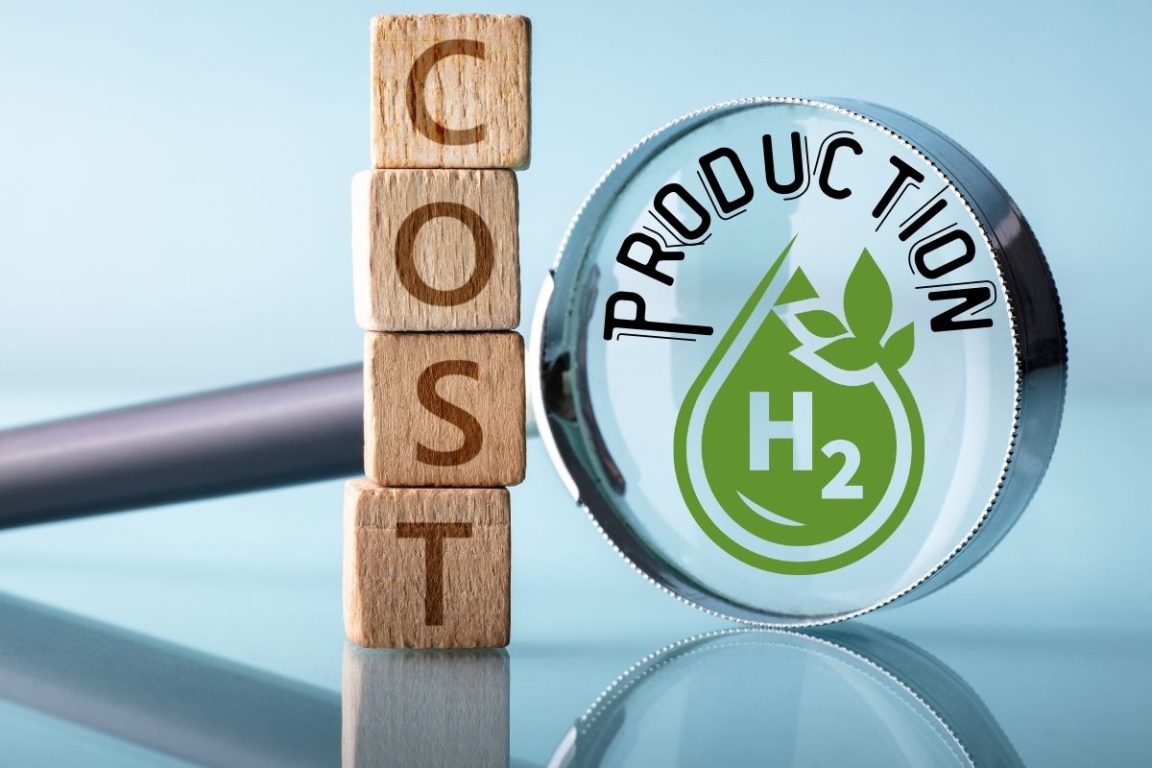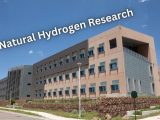
What is turquoise hydrogen and how clean is it?
May 4, 2024This type of H2 is made using methane pyrolysis and is creating a stir in the industry
Also known as methane pyrolysis H2, turquoise hydrogen is an emerging form of this fuel that can be used in fuel cells without producing greenhouse gas emissions.
It is made by heating natural gas in an oxygen-free environment
Turquoise hydrogen is made through natural gas pyrolysis, which means heating the methane in the absence of oxygen in process that results in pure H2 and a byproduct of solid carbon.
Solid carbon is, as the name suggests, a solid, so it is not released into the atmosphere as CO2 emissions. Instead, it can be captured and used for other purposes.
As a result, despite the fact that this process uses fossil fuels, it is still commonly described as being highly sustainable and a very low-carbon emission way to produce H2.
The pyrolysis process itself is powered by renewable energy such as solar and wind electricity, which helps to convert that power into a much more reliable form of fuel that isn’t dependent on the wind, daylight hours, or weather.
The journey to find viable H2 production methods
Research is ongoing into different methods of H2 production to find more practical, affordable, and sustainable strategies. There are several highly effective methods now available, though cost remains one of the most challenging factors to overcome.

The advantage turquoise hydrogen has to offer is that it uses readily available resources for which sourcing and distribution is already in place. Moreover, it offers an alternative way of using natural gas in a way that doesn’t result in substantial greenhouse gas emissions, as opposed to burning it, which indeed leads to greenhouse gas emissions.
The pyrolysis process breaks down the methane molecules with the result of H2 gas and solid carbon.
Additional economic value
 Beyond the fact that solid carbon may be considered more environmentally friendly as a byproduct of this process than CO2 gas, it also has its own economic value, as there are many commercial applications for this solid.
Beyond the fact that solid carbon may be considered more environmentally friendly as a byproduct of this process than CO2 gas, it also has its own economic value, as there are many commercial applications for this solid.
Among those applications include the manufacture of carbon black, which is used in plastics, inks, and even tires, among other products.
Ready to test your knowledge on the most abundant element in the universe? Take our fun and engaging Hydrogen Quiz now! [forminator_quiz id=”58712″]



 With over 15 years of reporting hydrogen news, we are your premier source for the latest updates and insights in hydrogen and renewable energy.
With over 15 years of reporting hydrogen news, we are your premier source for the latest updates and insights in hydrogen and renewable energy.
Great article! The economics of turquoise hydrogen is getting a major breakthrough. Yes, most methane pyrolysis processes produce hydrogen and solid carbon, the latter of which sells for $400 to $1,000 per metric ton for various uses. Rimere’s process produces hydrogen more affordably than most others, and also high-quality GRAPHENE, which is many times more valuable than gold! Rimere expects to be at commercial level within the next 1-2 years for its two unique technologies. I have no agreement with Rimere to be compensated for sharing this information. The inventor is an acquaintance of mine who used to do ‘drift’ racing, like in the “Fast and Furious” movies, as well as having driving into an EF-2 tornado to get some research insights. He’s an awesome gutsy genius!